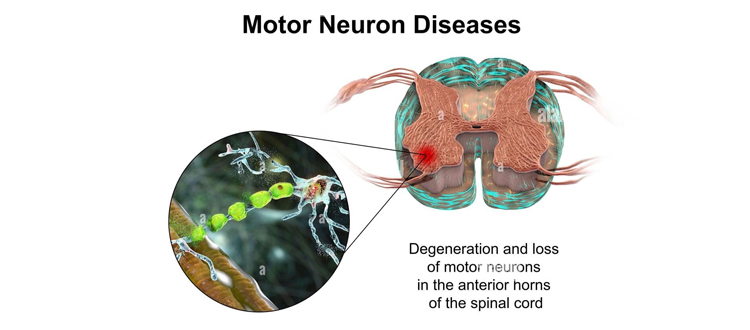Motor Neuron Disease (MND) is a clinical syndrome of Neurodegenerative disorders that is characterized by the death of motor neurons in the cerebral cortex, brain stem and spinal cord. This leads to the motor dysfunction of muscles bordering on immobility; respiratory and swallowing problems. The need for relief from the illness has forced a search for treatments. Stem cell therapy is one such option which has been discovered.
At Stem Cell Cure, we apply newest treatments to fight this terrible disease. We will examine what is known about stem cell treatment and how this technique will work to rebuild nerve cells in MND patients.
Understanding Stem Cells
Stem cells could be described as the cells with distinctive properties charged with the responsibility of forming all cell types in the human body. They can renew themselves; they can divide and create other stem cells and are able to develop into specialised cells, specifically neurons. For this reason, they are the focus in the area of tissue engineering whose application involves repairing nerve cells which have been damaged.
Mechanisms of Stem Cell Therapy in MND
The concept for which stem cell therapy seeks to address the MND condition lies in the replacement of degenerating motor neuronal cells and aiding the surviving ones. Here’s how it works:
- Cell Replacement: The major principles which deserve attention in stem cell therapy include the replacement of dead or degenerating motor neurons. Scientists have been working on the method of reprogramming stem cells into motor neuron-like stem cells to become grafted to patients’ spinal cord. After its implantation, these cells can readily form functional connection with other neurons hence replacing partially the motor functions.
- Neuroprotection: In addition to serving as a source of replacement for lost neurons they also produce neurotrophic factors. They also release different growth factors and cytokines that may help preserve existing neurons from the dangers of degeneration. This is especially important in MND given that the death of motor neurons continues unabated in the course of the disease.
- Modulation of the Immune Response: MND itself has linked inflammation with the progression of the disease. First, using stem cells to mobilize inflammation reduces the level of immune cells that may kill neuron cells making the environment safe for neuronal growth and regeneration.
Current Research and Innovation
There are recent findings regarding application of the stem cells for the treatment of MND. For instance, MSCs derived from bone marrow has been used for treatment of MND and has shown safety and efficacy. One of the other promising directions that currently has a rather potent interest is the use of induced pluripotent stem cells (iPSCs). Pluripotent can be induced in adult cells and scientists can then turn these into motor neurons following differentiation. Thus, it is more than a source of cell replacement-therapy, but also a model for understanding disease and potential drug efficacy.
Conclusion
Stem cell therapy in treatment of Motor Neuron Disease in Australia is not a simple process. Stem cells provide the unique possibility for regeneration which holds the key for a breakthrough in unearthing methods of treating this devastating illness that affects many people. We at Stem Cell Cure are passionate about ensuring we participate in these advancements offering hope and concrete solutions to those affected by MND.

